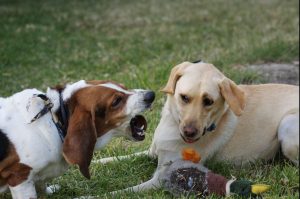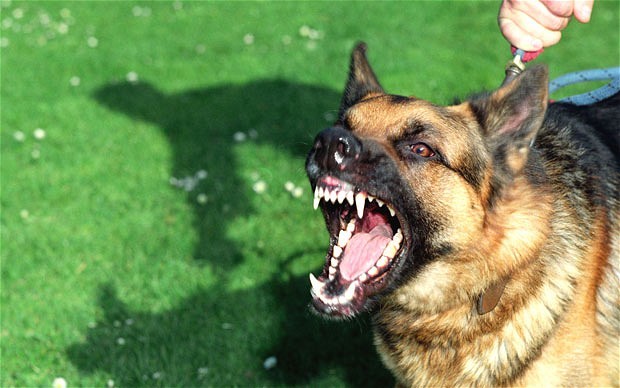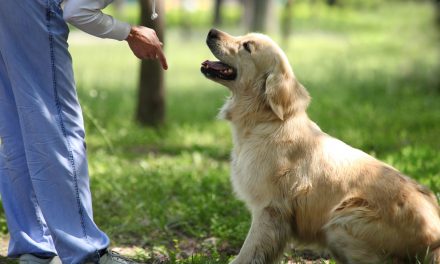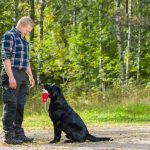How To Get A Dog To Stop Biting
You may not believe this but according to the Centre for Disease Control (CDC), domestic dogs bite around 4.7 million people every year! This is a major problem for dog owners and it is essential that you know how to stop your dog biting.
If your dog bit somebody, it could lead to lawsuits, medical bills and tragically in some cases, dog euthanasia.
How much success you have in training your dog not to bite will depend on several factors. Some of the main ones are the dogs’ age, personality, and breed. Some breeds respond better to training than others. Also, bear in mind that most dog biting cases are caused by fear in the dog and not through aggression.
Training a fearful dog not to react by biting is as important as training an aggressive dog not to bite.
There are some general techniques that you can try that work well with most dogs.
How To Get A Dog To Stop Biting | Stop Dog Biting Behavior
Have you ever noticed that young dogs and puppies spend most of their time chewing and mouthing just about every object that they can get hold of? This may seem like really cute behavior when the puppy is young but into adulthood, it will become a problem and may lead to the bad habit of biting. The trick to stopping your dog from biting is to start training your puppy whilst it is still young.
Most puppies will start to learn vocal command after about the age of five weeks. This is when you should consider trying to gradually train your dog out of any bad habits that are forming.
When your puppy starts to mouth at your hand or face GENTLY place your hand over the dog’s muzzle and give the SLIGHTEST squeeze whilst saying firm but not too loud ‘NO!’. Please try and be as gentle as possible when doing this. The aim here is to make your dog feel uncomfortable WITHOUT causing pain.
Most dogs will find having their muzzle squeezed unpleasantly but done right it doesn’t have to be painful. Also, ensure you don’t squeeze to high up the snout of the dog. This may affect the sensitive receptors in the muzzle. More importantly, make sure that your dogs’ tongue isn’t likely to get trapped or damaged. BE VERY GENTLE.
The ideas here is not to punish your dog, but to let it know that its behavior is unacceptable.
How To Get A Dog To Stop Biting | Other Ways To Help Stop Your Dog Biting
 Because fear is often the reason that a dog bites, making sure that your dog is confident amongst other dogs and strangers is a great way to prevent your dog from biting. Socializing your dog will help with this issue.
Because fear is often the reason that a dog bites, making sure that your dog is confident amongst other dogs and strangers is a great way to prevent your dog from biting. Socializing your dog will help with this issue.
Initially, try to introduce your dog to another dog. Ensure that both dogs are restrained with a leash. Slowly allow each dog to approach the other until they are quite close to each other. As long as there are no outward signs of aggression such as snarling, raised hackles, stiff tail or growling, you should allow each dog to sniff and eventually meet in full.
If some signs of aggression are shown, try sitting your dog down and stroking him to provide a degree of comfort. Now reach out and stroke the other dog. When you have done that, let your dog sniff your hand until he is used to the scent of the other dog. Eventually, your dog should become accustomed to the scent of the other dog. Try letting them interact again.
Using the muzzle technique, expect your dog to have learned that biting is not o.k. by about the four to six month period. Some dogs will take longer but don’t give up. Training an older dog not to bite will take longer still but this task is not impossible and perseverance is the key.
Sadly, in some cases where you will not be able to totally eradicate the desire to bite from your dog. In these cases, without a doubt, you will be able to drastically reduce the chances of your dog biting. If after training your dog still bites now and then it is up to you to educate others around you to reduce the problem even further.
When out walking your dog, make sure that your dog cannot get within reach of another dog that he may bite. Tell adults and children around you that your dog may bite, especially young children that may reach out to the dog.
Following these guidelines will greatly reduce your dog biting behavior.











